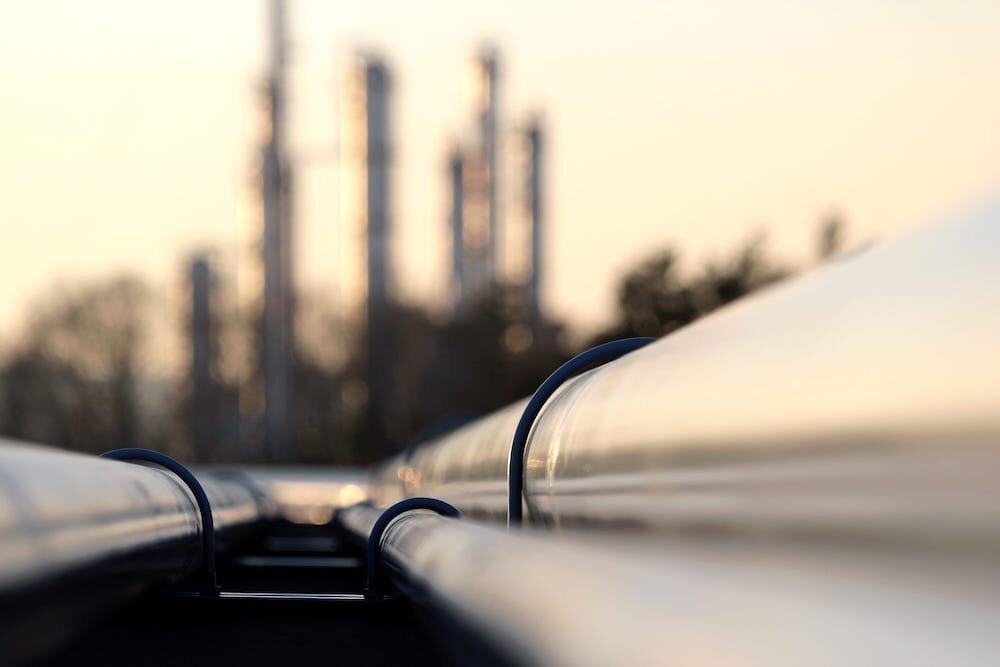Checklist for Pipeline Pre-Commissioning Procedures
Once you have completed the construction process on a new pipeline, your next step is to start pre-commissioning procedures. These procedures are an important part of the transition process from pipeline construction to operation.
To ensure that your pipeline operates correctly, the pre-commissioning process must be completed properly. To do so, the process must be done in the proper order with each step using the appropriate tools.
Below, we’ve outlined the pre-commissioning procedures we use at American Pipeline Solutions. Keep reading to learn what each of these steps is used for, the tools it might require, and more.
Checklist for Pipeline Pre-Commissioning Procedures
Pig the Line
The first phase to undertake in pre-commissioning procedures is cleaning out the pipeline. This is typically done by pigging the pipeline.
A pipeline must be pigged before any other step to ensure all construction debris has been removed.
Doing so will also improve the accuracy of any tests run in the pipeline.
Gauge the Internal Diameter With a Caliper Tool
Once the pipeline is clear of any debris or buildup, the internal diameter is recorded.
Measurements from this step can be used to compare the constructed pipe to the piping and instrumentation diagram.
APS uses a caliper tool, or caliper pig tool, for this step of the pre-commissioning process.
A caliper pig tool is a unique pig that is designed with mechanical sensors or arms on the pig’s body. When run through the pipe, these mechanical fingers or arms help record the internal structure of the pipeline.
Once this is complete, the pipe is ready for testing preparations.
Perform Pipeline Integrity Tests
Pipeline integrity testing is a proactive process used to detect any leaks or pipeline anomalies before they get worse. By testing your pipeline before putting it into operation, you can address any potential issues without the worry of downtime.
It is also important to note that the PHMSA requires testing for newly constructed pipelines.
One type of test that is used for newly constructed pipelines is hydrostatic testing. This specific type of test verifies the pipeline can maintain a certain level of pressure over a specified amount of time. Additionally, hydrostatic testing can help locate any possible leaks in the pipeline.
During the testing process, APS uses various monitoring equipment to determine your pipeline’s pressure levels. APS's equipment to monitor pipeline pressure consists of digital gauges, certified and calibrated deadweights, and recorders.
Various other tests can also be beneficial for testing your pipeline. For example, nitrogen pressure testing is useful for smaller pipelines, or in cases where weather adversely impacts a test using water.
While nitrogen testing might eliminate the need for pipeline drying, most other integrity tests still require this important next step.
Fill and Stabilize the Line
The next phase of pre-commissioning procedures begins with preparing the pipeline for testing.
To fill a pipeline, APS uses a specialty tool called a “fill pig.” A column of test water propels the fill pig through the pipeline.
As the pig runs through the pipe, it eliminates any air that is in the pipeline. The removal of this air is important because it can result in a failed pipeline integrity test later on.
Once the pipeline is filled, the next step is to stabilize the pipeline. First, a pipeline is pressured slightly—around 200psi—and then left for a set number of hours.
A pipeline is considered stable and ready for testing when the pipeline’s temperature and pressure have equalized.
Dewater and Dry the Line
After you’ve completed your pipeline testing, the final steps in the pre-commissioning process if you do a hydrostatic test are dewatering and drying your pipeline. This step is not applicable if you conduct a nitrogen test.
The same pig used to fill the pipeline prior to hydrostatic testing is run back through the pipeline. This time, though, the pig is run back to the launch site using compressed air.
Because the dewatering process can prove dangerous due to developing air pockets, APS technicians carefully monitor the pig as it dewaters the pipe.
After the dewatering process is complete, the drying process can commence. Another series of cleaning pigs and soft foam swabs are sent through the pipeline. This is done until all standing water is removed from the pipeline.
Finally, the pipeline is dried to the required dew point using oil-free compressors and desiccant dryers. Typically, pipeline drying specifies a -40° dew point.
Looking for an expert in pipeline pre-commissioning services?
Contact American Pipeline Solutions and receive a timely and affordable solution today.

